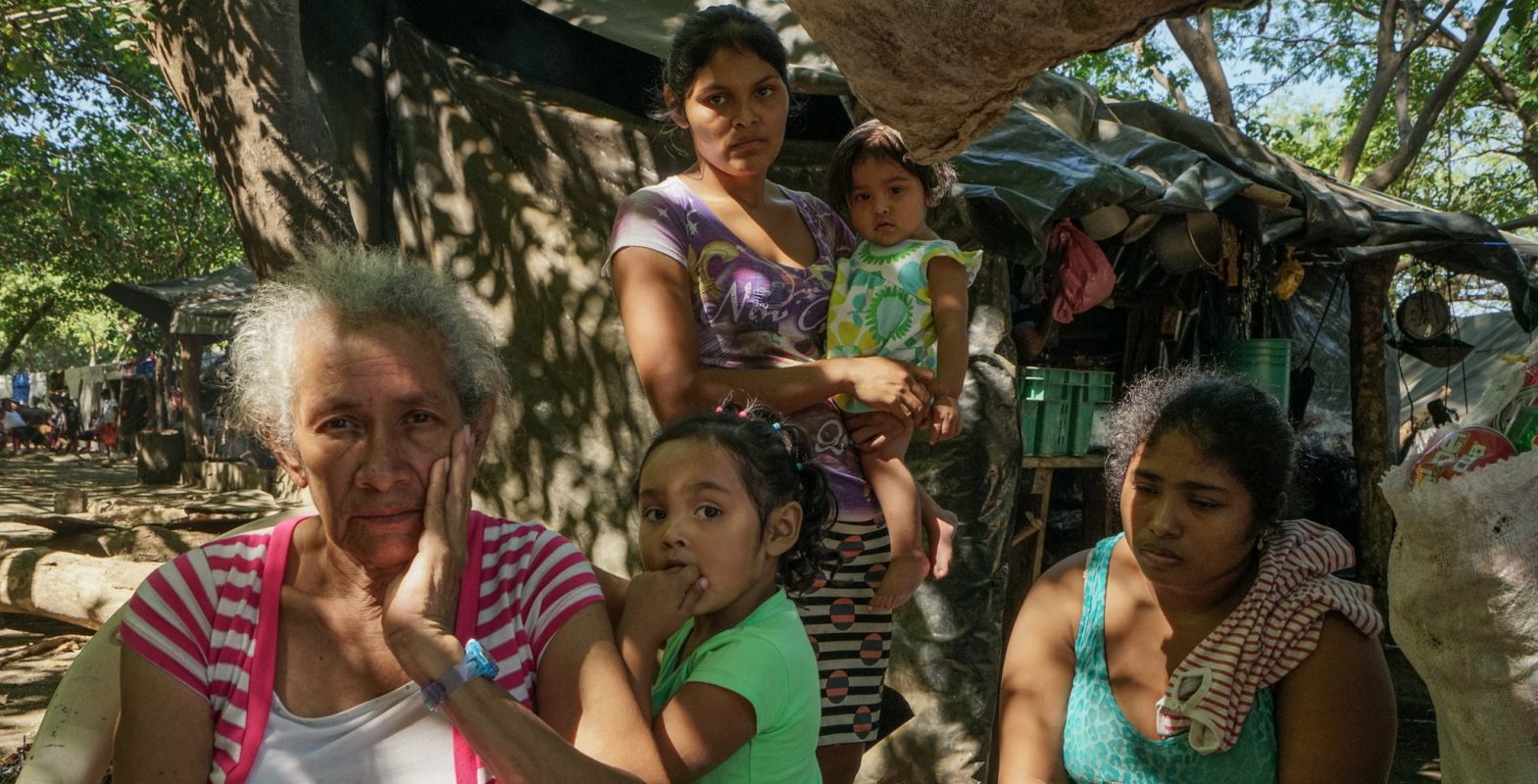
Hunger is an issue that has plagued the world for centuries. Even though there has been a lot of progress in reducing hunger globally, it still poses an issue for millions of people.
Hunger can sometimes be a precursor to diabetes 21st-century epidemic obesity. Additionally, obesity serves as a risk factor for a variety of non-communicable diseases inclusive of cardiovascular diseases and diabetes.
Understanding the intricate relationship between hunger, obesity, and diabetes is crucial in understanding the global health crisis that it brings. Let’s dive into the Hunger-Obesity-Diabetes cycle and how it can be broken👇
The Hunger-Obesity-Diabetes Cycle
When people experience hunger due to food scarcity, their primary concern shifts toward the direction of obtaining food for immediate energy to sustain the body and not for nutritious purposes.

What this does is that over time, you will tend to prefer calorie-dense food because it can provide a quick shot of energy.
How does this cause obesity?
Unfortunately, these foods are typically low in essential nutrients, such as vitamins, minerals, and fiber. Instead, they tend to be processed and contain high levels of sugars, unhealthy fats, and refined carbohydrates.
Continuous consumption of a nutritionally poor diet like this can contribute to weight gain which creates a paradoxical relationship between hunger and obesity.
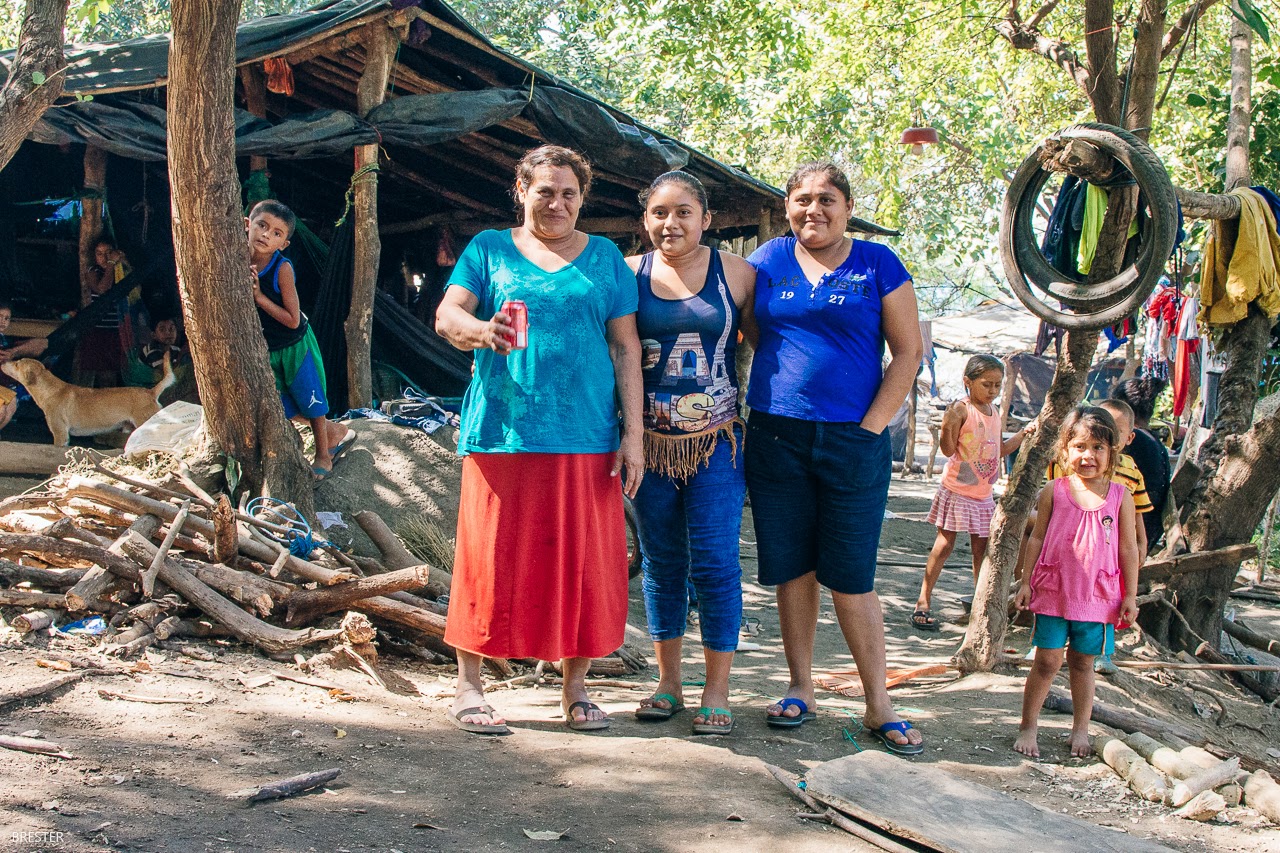
In the case of diabetes in this cycle, diabetes mellitus is what might occur. This is a condition caused by the inability of your pancreas to provide sufficient insulin (Type 1) or your body’s resistance to the insulin produced ( Type 2).
Insulin is an essential hormone that promotes the bodily function of glucose breakdown, and without it, an excessive amount of glucose builds up in the body.
In cases of food scarcity and extreme hunger, the body gradually becomes less responsive to the effects of insulin as seen in Type 2 diabetes.
This occurs as a protective mechanism to ensure that any available glucose is preserved for vital bodily functions.
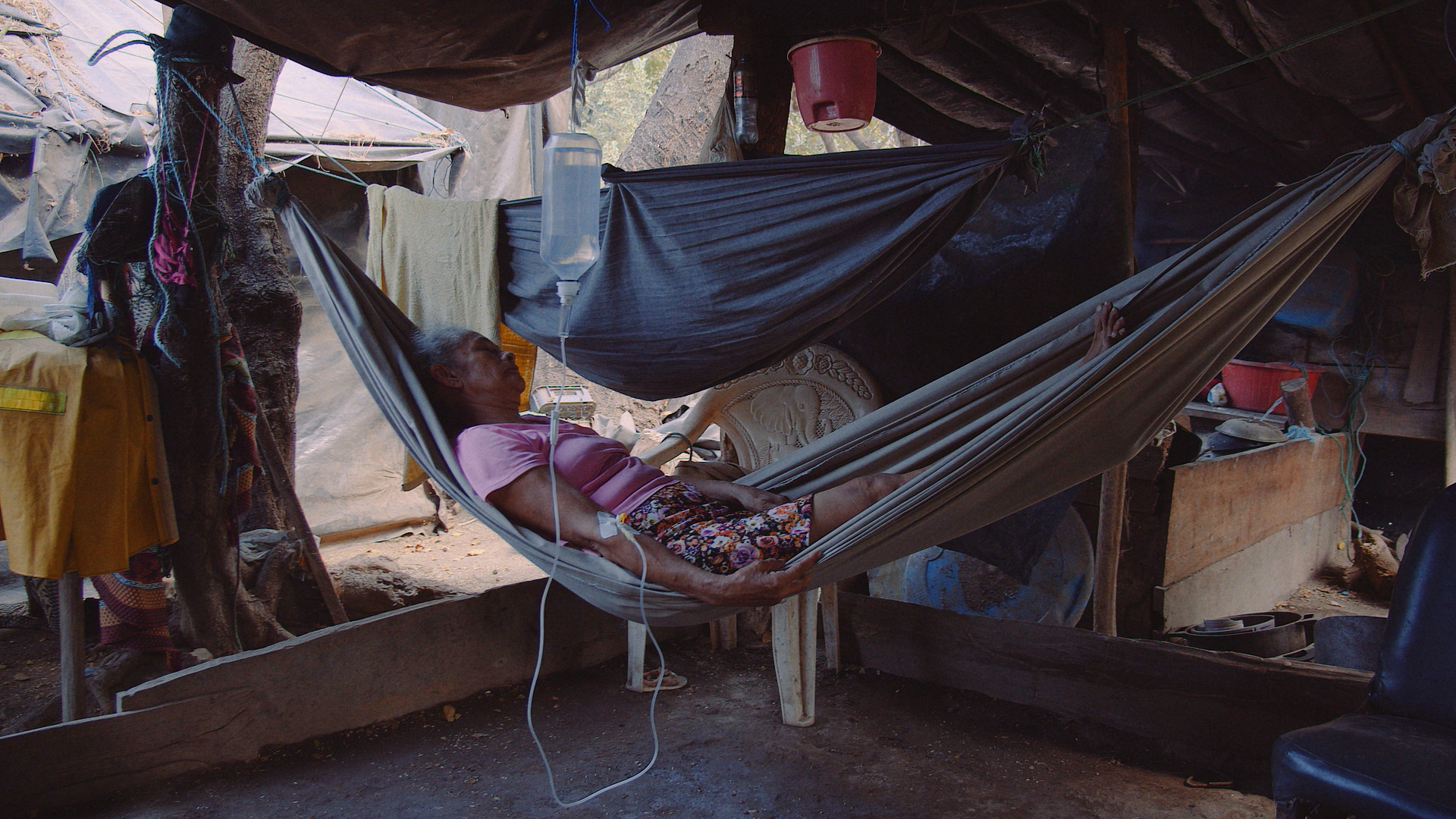 However, when food becomes available again, especially if it is rich in carbohydrates, the body struggles to regulate blood sugar levels efficiently. But if food is not taken, this can lead to elevated blood sugar levels over time, increasing the risk of developing type 2 diabetes. Starvation diabetes is the term most often used to describe hunger-induced diabetes.
However, when food becomes available again, especially if it is rich in carbohydrates, the body struggles to regulate blood sugar levels efficiently. But if food is not taken, this can lead to elevated blood sugar levels over time, increasing the risk of developing type 2 diabetes. Starvation diabetes is the term most often used to describe hunger-induced diabetes.
How The Hunger-Obesity-Diabetes Cycle Can Be Broken
Although there has been a lot of effort made to curb starvation and its effects, there’s still a lot more to be done. Some of the various ways the hunger-obesity-diabetes cycle can be broken include:
Addressing Food Insecurity
Initiatives targeting food insecurity are important in breaking the cycle of hunger and its associated health challenges. This can be done by creating a range of interventions aimed at ensuring that people have consistent and reliable access to nutritious, balanced meals.
- Community Gardens: This is a local initiative that allows residents to collectively cultivate fruits, vegetables, and other crops. These spaces provide a sustainable source of fresh, nutrient-rich foods for communities. Community gardens directly contribute to increasing access to nutritious options.
- Food Banks: Food banks serve as vital resources in providing emergency food assistance to individuals and families facing immediate needs. They source and distribute a variety of food items, including fresh produce, non-perishables, and dairy products.
- Affordable Markets in Underserved Areas: Creating affordable markets in underserved areas is key to making nutritious foods accessible to everyone regardless of their economic status.
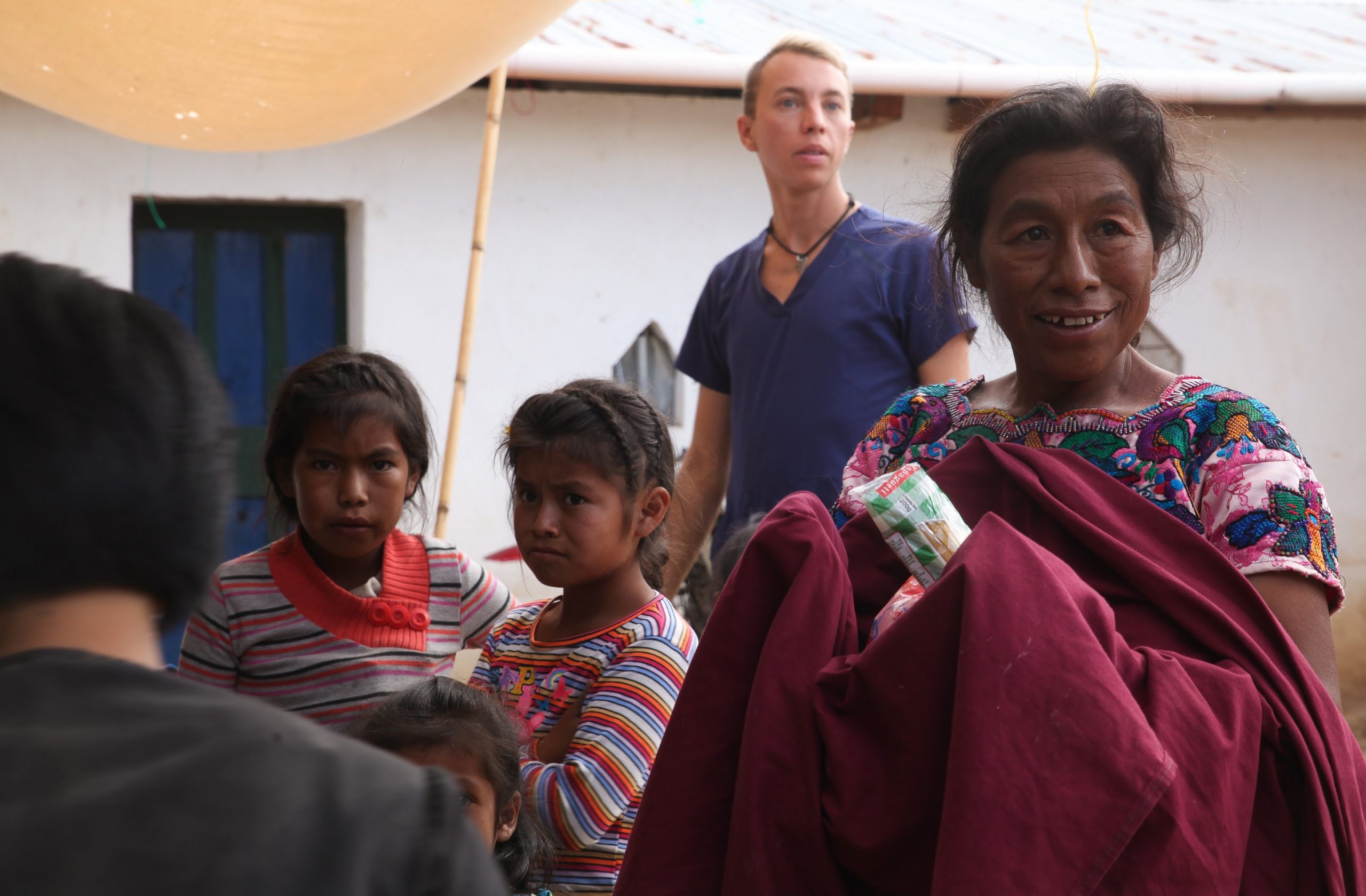
Promoting Policy Changes:
Advocating for policy changes is also necessary in creating an environment that supports affordable, nutritious food options for all members of a community.
- Making New Rules for Better Food:
Asking leaders to change the rules can help everyone in the community get healthy food that’s not too expensive. - Helping with Fruits and Vegetables:
Giving some extra help (subsidies) for fruits and vegetables can make them cheaper. This means more people can afford to eat them, which is good for their health. - Nutrition Education and Behavioral Support:
Leaders can make rules that encourage stores to have more healthy options and fewer not-so-healthy ones. They can also try to have fewer fast food places and stores that mostly sell unhealthy snacks. - Supporting Local Farms and Food:
Leaders can make rules that help local farmers and food makers. This means there will be more fresh, local food in our communities. It helps our local economy and makes sure we have a good, strong food supply.
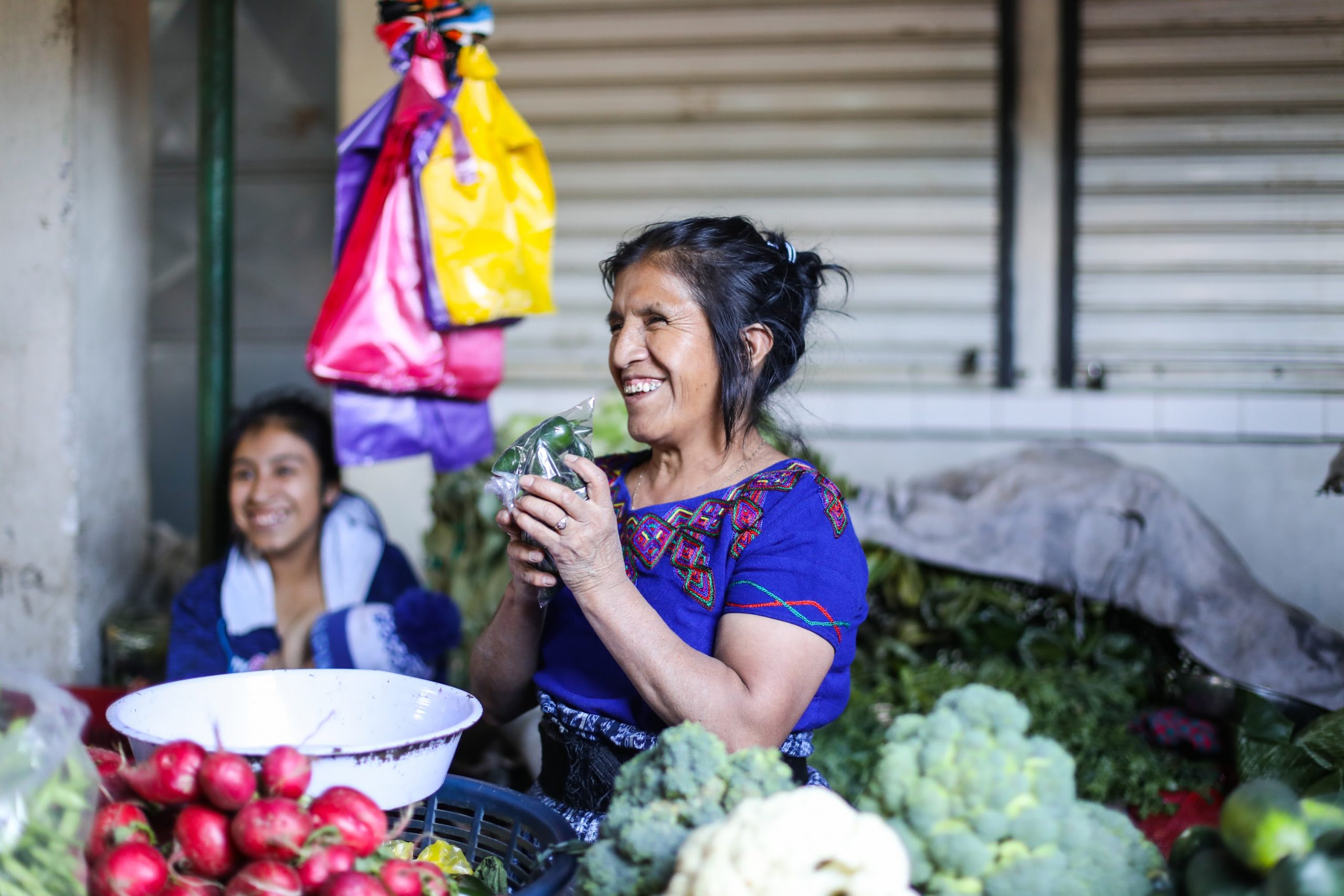
Nutrition Education and Behavioral Support:
Equipping people with the knowledge and skills to make informed, healthy food choices is one essential component of addressing food insecurity. Education in this context goes beyond just understanding the nutritional components of food. This includes showing people how to have a balanced diet, control portion sizes, and eat a mix of different kinds of food. We can also teach them how to plan meals in a way that’s good for their health and their wallets. It’s also important to help them deal with stress in ways that don’t involve eating unhealthy food.
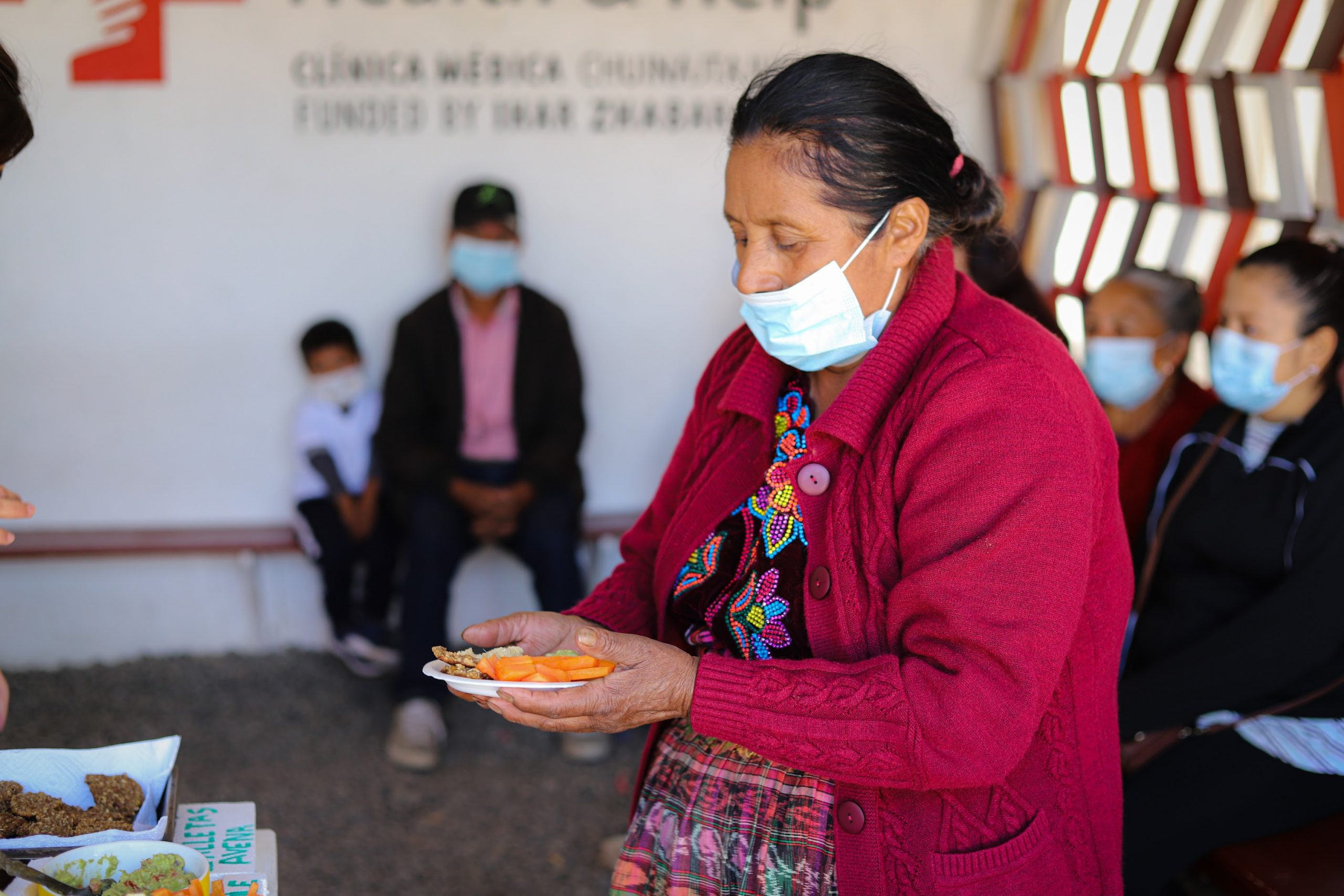
What You Can Do To Help
At Health & Help, we offer support for people living with Diabetes, we’re committed to making a difference in the lives of diabetic patients.
Diabetes, hunger, and obesity form a complex health web, demanding serious solutions. We address this by ensuring everyone has access to proper health care, advocating for health-friendly policies, and educating individuals on making informed choices.
Join our cause today to provide essential support, especially to diabetic patients, and help break the cycle of health challenges they face.
Your donations, no matter the amount, make a significant impact.
Click here to contribute now and be a part of our mission.
Last news

Our brave little heroes: the children we treated
In the heart of Guatemala, there are countless stories of resilience and bravery exhibited by the children we have had the honor to treat at Health & Help clinics. These young souls, faced with adversity and challenging circumstances, have shown incredible strength in the face of illness and injury. Today, we invite you to step…
Learn more
Health & Help Clinic’s Birthday in Guatemala | 7 Achievements of the Clinic in 7 Years of Operation
This year, Health & Help’s Guatemalan clinic celebrated its 7th anniversary with two events: one at the clinic with the local community, and another in the city with our staff and supporters. At the clinic, we bonded with community members through games, crafts, and the traditional Argentine drink, mate. Our new country director, Leonor, also…
Learn more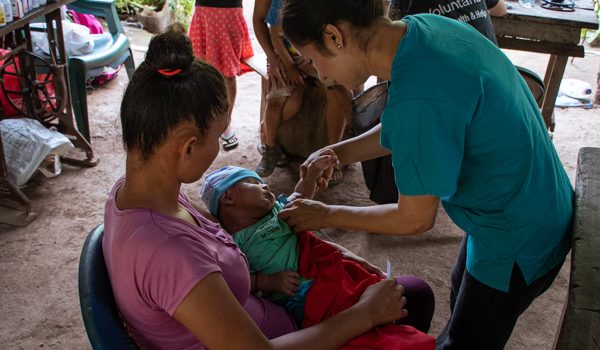
A Lifeline in the Heart of Forgotten Villages: Health & Help’s Vital Mission
In the remote Nicaraguan village of La Salvia, a young couple found themselves facing a parent’s worst nightmare. Their two-month-old baby, Jose, struggled with a severe lung infection that triggered a bronchospasm, causing him to stop breathing. The swift and skillful intervention of our dedicated doctors at our Health & Help clinic not only saved…
Learn more
